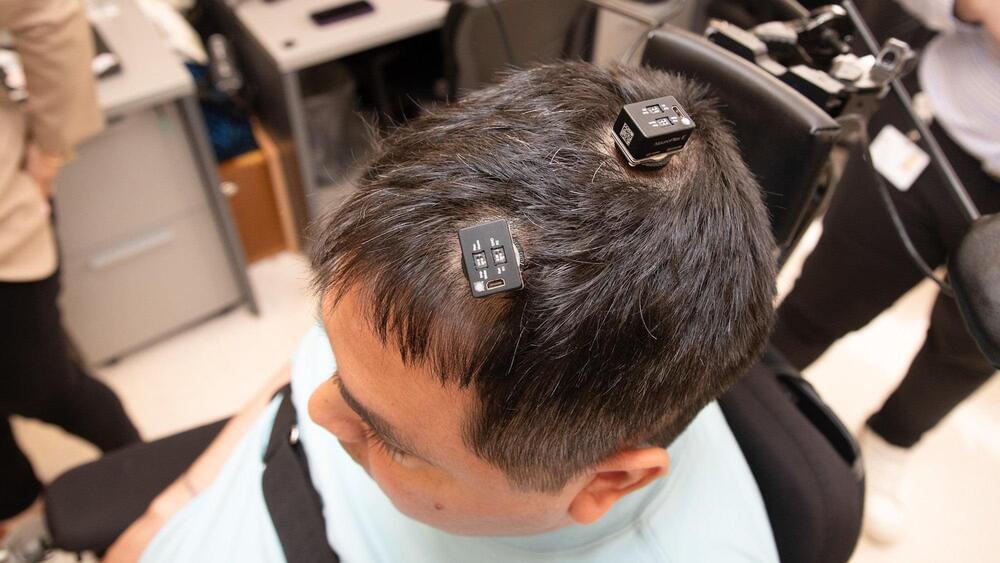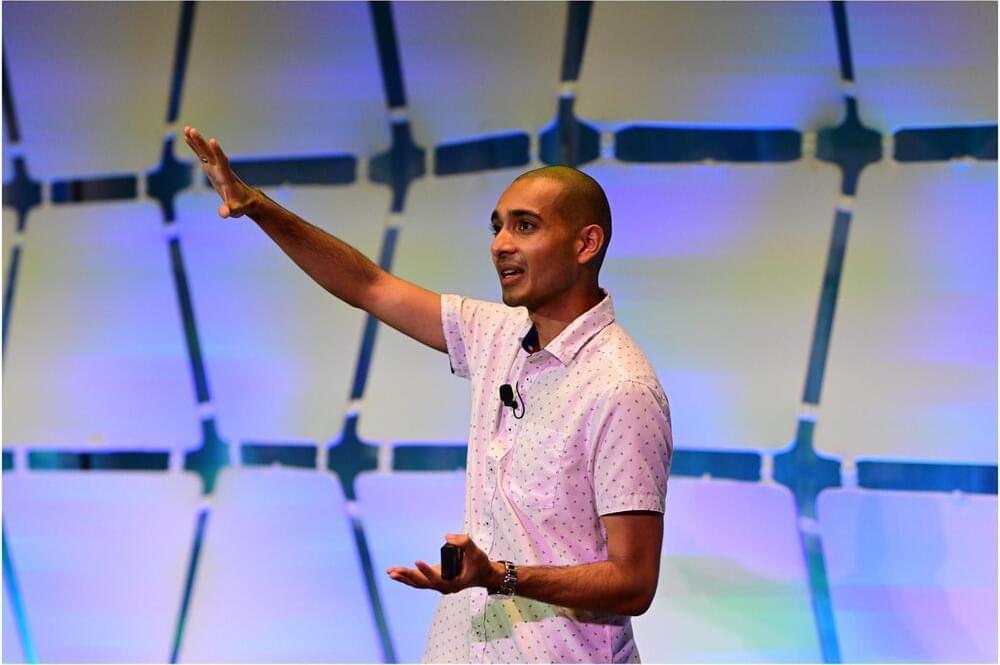Just like pretty much every other major tech company, is placing a heavy focus on generative artificial intelligence. CEO Andy Jassy noted on Amazon’s latest earnings call that every division has multiple generative AI projects in the works.
“Inside Amazon, every one of our teams is working on building generative AI applications that reinvent and enhance their customers’ experience,”. “But while we will build a number of these applications ourselves, most will be built by other companies, and we’re optimistic that the largest number of these will be built on. Remember, the core of AI is data. People want to bring generative AI models to the data, not the other way around.”
To that end, Jassy said that AWS provides services and infrastructure that can help its customers, as notes. The AWS CodeWhisperer system, for instance, aims to by suggesting snippets of code they can use directly in the code editor.









